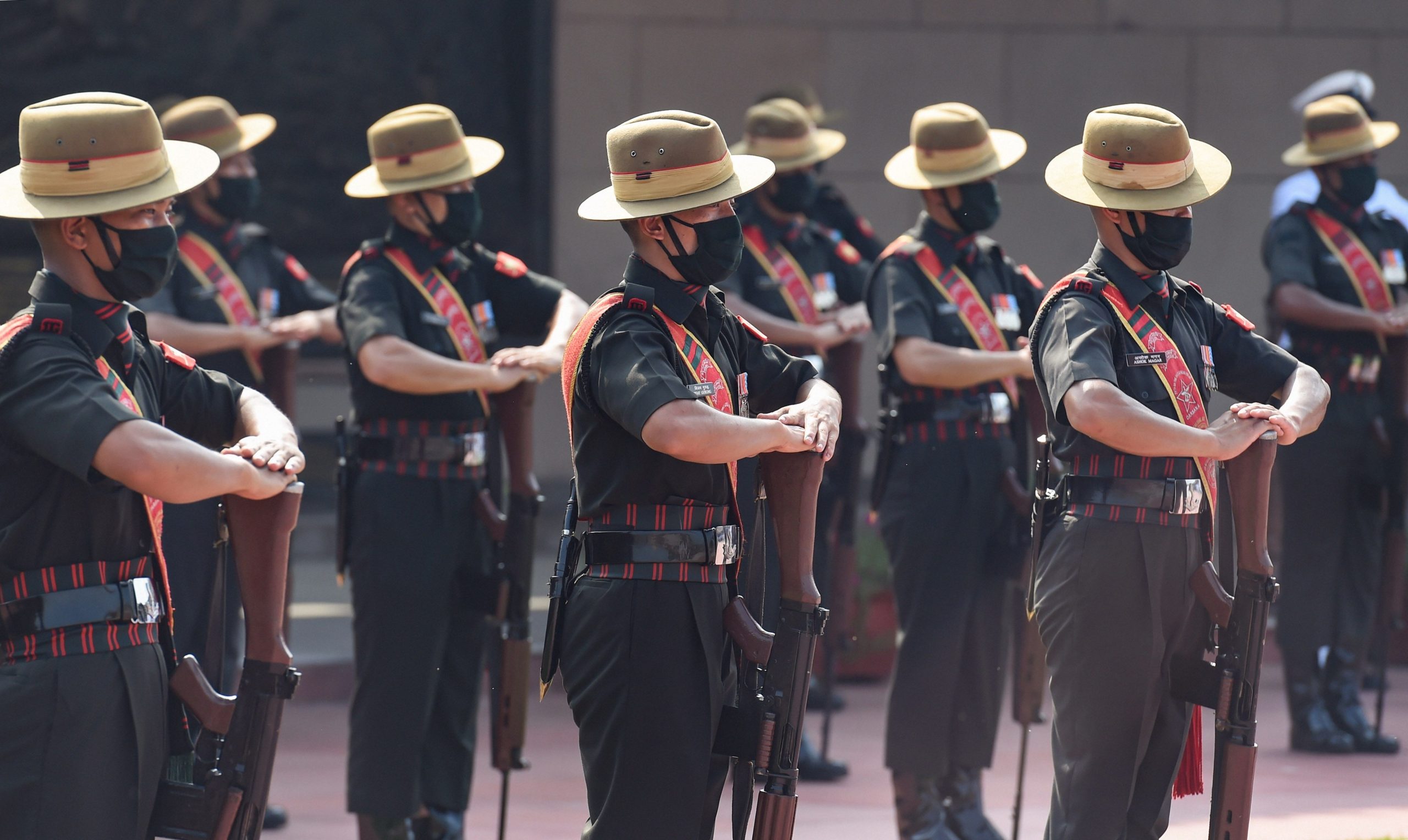Drass, a quaint
little hill station in the Kargil district of the Union Territory of Ladakh,
has placed itself at the center of the Indian subcontinent’s nationalist
consciousness. Why? Because the hill station on the Himalayan foothills was the
site of the last war between India and Pakistan, two nuclear-powered neighbours
who have been fighting over Kashmir for decades.
Also Read | All about ‘Shershaah’, a film based on Kargil war hero Captain Vikram Batra
July 26 marks the
day the Indian Army declared victory over Pakistan in Kargil in 1999
recapturing all posts under occupation. Here’s a brief look on what led to the
war and how India, with its military might and diplomatic strength, managed to
pushback its neighbour.
It was during the
first week of May 1999, the Indian Army headquarters in Delhi started reporting
unusual activity in the Kargil and Batalik sectors of what was then the state of
Jammu & Kashmir. There were intelligence reports that seemed to suggest
that the Pakistani Mujahideen was making intrusions into Indian
territory.
Also Read | Kargil Vijay Diwas: Four soldiers’ tales of heroism
By mid-May, it was
clear that a large number of intruders had made their way into Jammu and
Kashmir and captured vast swathes of territory. The Indian military initially
believed that it was still the Mujahideen at work. However, what struck
the Indian establishment was that jihadi outfits don’t usually capture
territory.
Initial estimates
suggested of the Indian Army suggested that the intruders comprised 70% Mujahideen
and 30% soldiers from the Pakistan Army. All this while, Pakistan’s Director
General of Military Operations (DGMO) kept reassuring his Indian counterpart
that the Pakistan Army had no role in the ongoing incursions in Kargil.
Soon after, the
Indian Army realised that the Mujahideen had no role to play and it was
the Pakistan Army setting up base on Indian territory. Upon ascertaining the
points of incursion from local shepherds, the Indian Army launched Operation
Vijay.
The Pakistani
soldiers and militants had positioned themselves at higher altitudes which gave
them a strategic advantage as they could fire on advancing Indian troops.
Pakistan shot down two Indian fighter jets while another fighter jets crashed
during the operation.
Later on, Pakistan
asked the US to intervene. But President Bill Clinton declined to do so until
Pakistani troops were withdrawn from the Line of Control (LOC).
Also Read | Kargil Vijay Diwas: Some lesser-known facts about the Kargil War
As Pakistani troops
withdrew, the Indian armed forces attacked the rest of the outposts, managing
to get back the last of them by July 26. The Indian victory came at a high
price. The official death toll on the Indian side was 527, while that on the
Pakistani side was between 357 and 453.
The Kargil was saw
India significantly increase its defence spending in the budget presented the
year after the Kargil war, but it also resulted in procurement irregularities,
like the one in the purchase of coffins for the soldiers who died in combat.







